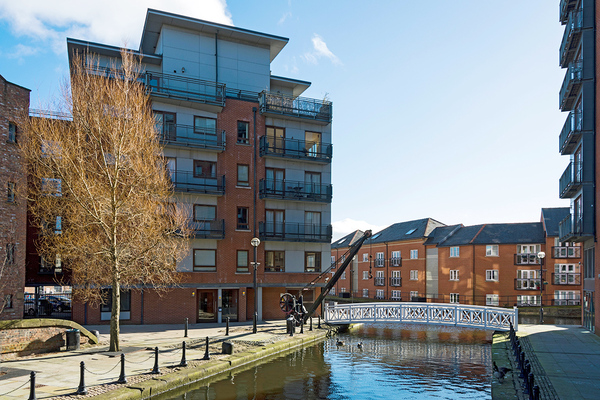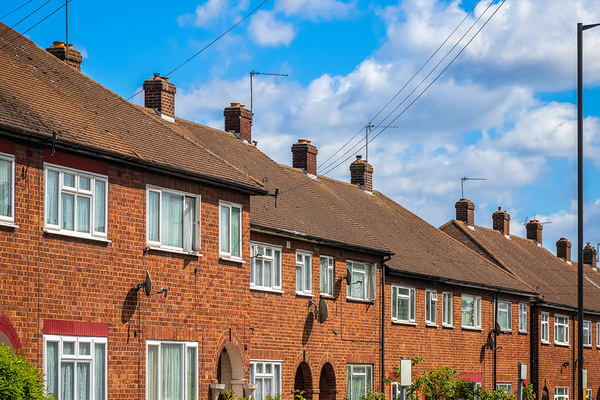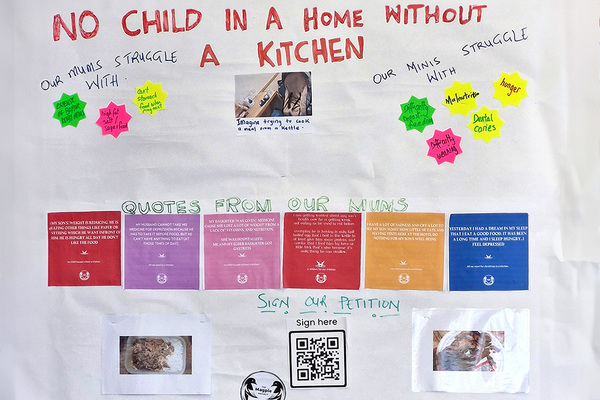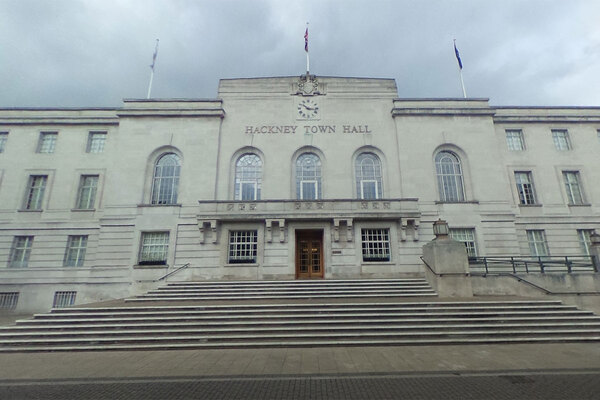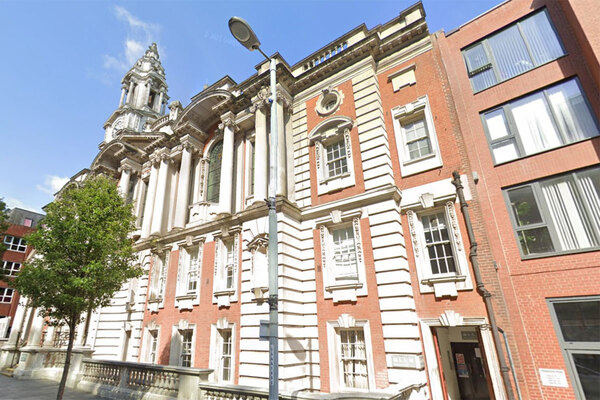You are viewing 1 of your 1 free articles
The Week in Housing: the impact of Grenfell
A weekly round-up of the most important headlines for housing professionals
On Monday, we will remember the 72 people who died as a result of the devastating fire at Grenfell Tower four years ago.
14 June should forever be a day to reflect on what was the biggest residential fire in the UK since World War II.
This week, in the lead-up to the anniversary, Inside Housing has been unpicking the huge building safety crisis the fire has exposed across the country.
To do this we have published a series of case studies looking at those still living in unsafe blocks, constantly fearing for their lives, and being threatened with huge life-changing bills to fix the issues they had no role in creating.
The first from Dominic Brady on Wednesday told the story of the Green Quarter development in Manchester. Just two years ago, leaseholders had been celebrating after many months of campaigning saw their developer Lendlease and insurance provider Zurich agree to fund the removal of their Grenfell-style aluminium composite cladding cladding. The bill was worth £3m and £10,000 per leaseholder.
However, despite the work being carried out, these same leaseholders have now been told that there are a litany of other safety defects in the building, and that work needs to be carried out to fix these. Leaseholders now potentially face going through the stress they faced two years ago again, with estimates suggesting they could be on the hook for a £34,000 bill if their application to the government’s building safety fund fails.
On Thursday, Peter Apps explained the challenges that those living in the Kennington Park Square building in London are facing. The development was built where a council block used to stand. This block was demolished in 1999 after a huge gas explosion led to an investigation that found negligence in the refurbishment work. However, now it has been found that the replacement block has its own construction issues, with missing or defective cavity barriers and a phenolic foam insulation that is well below required fire safety standards.
Leaseholders have already collectively paid nearly £900,000 on fire alarms, surveys and building insurance hikes, and this is before any refurbishment work has begun.
In our final case study today, Nathaniel Barker speaks to those living in the Paradise Wharf in Manchester, where residents have now been given just three months to find £30,000 per flat for cladding remediation.
Even more shockingly, some of the leaseholders are being billed to contribute to this work despite not living in the block that is not affected by dangerous cladding.
These case studies are just three examples of thousands of buildings currently facing similar issues as part of a scandal that seems to be getting worse, despite four years having passed since the Grenfell fire.
Elsewhere in news connected to Grenfell, this week it was confirmed that the government would be republishing guidance on fire safety in blocks of flats with a new amendment on evacuation plans for disabled people. The document has been subject to criticism since the Grenfell Tower fire for the level of faith it places in the ‘stay put’ policy and sections that appear to play down the need to provide evacuation plans for disabled residents.
The guidance was removed by the Local Government Association in April after it said it was outdated. During this time, one of the bereaved Grenfell families threatened legal action if it was reinstated. The Grenfell Inquiry has discovered that 41% of the vulnerable residents in the tower died. As part of his inquiry phase one recommendations, Sir Martin Moore-Bick recommended that legislation should be brought in to ensure that personal emergency evacuation plans (PEEPs) are drawn up by building owners for those who would struggle to evacuate independently.
In the updated guidance, the section on PEEPs that has come under scrutiny since the Grenfell Tower fire has since been ‘greyed out’ and flagged with a note while the Home Office prepares to publish a revised version later this year.
In other news, this week saw Homes England finally pick its replacement for Nick Walkely to take over the role of chief executive. Hyde’s CEO Peter Denton will become the group’s second ever chief executive later this year.
Mr Denton has worked in social housing for four years, joining Hyde as finance director in 2017 after holding a number of senior roles at Deutsche Bank and Barclays.
Jack Simpson, news editor
Editor’s picks: five must-read stories
- Hyde chief appointed new Homes England boss
- More than 80% of councils now own housing companies, research finds
- Government rows back on proposed watering down of Grenfell Inquiry PEEPs recommendation
- Housing association condemns rooftop trespassers on 28-storey tower
- First Homes go on the market for first time with 50% discounts for new homeowners
Sign up for our Week in Housing newsletter
Already have an account? Click here to manage your newsletters



